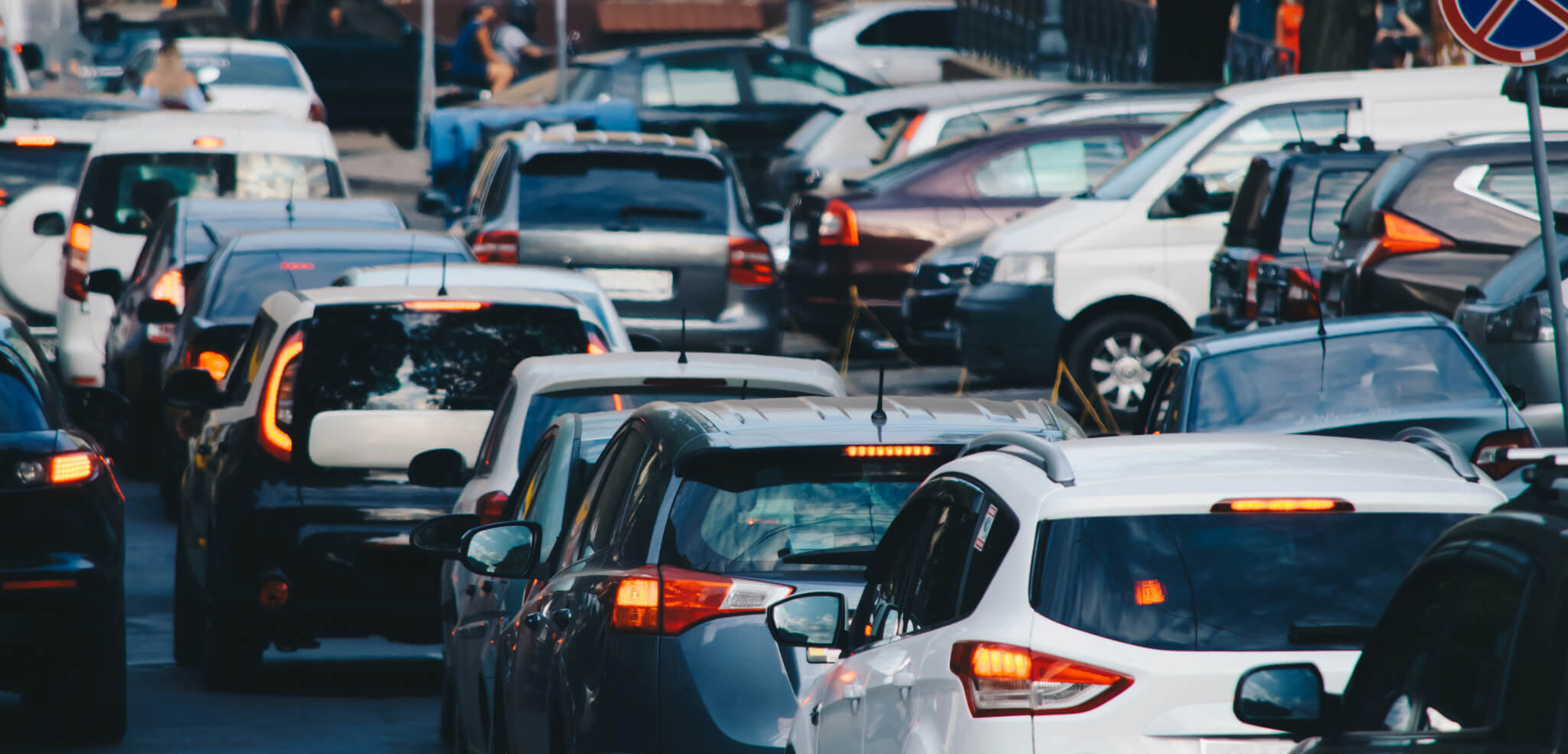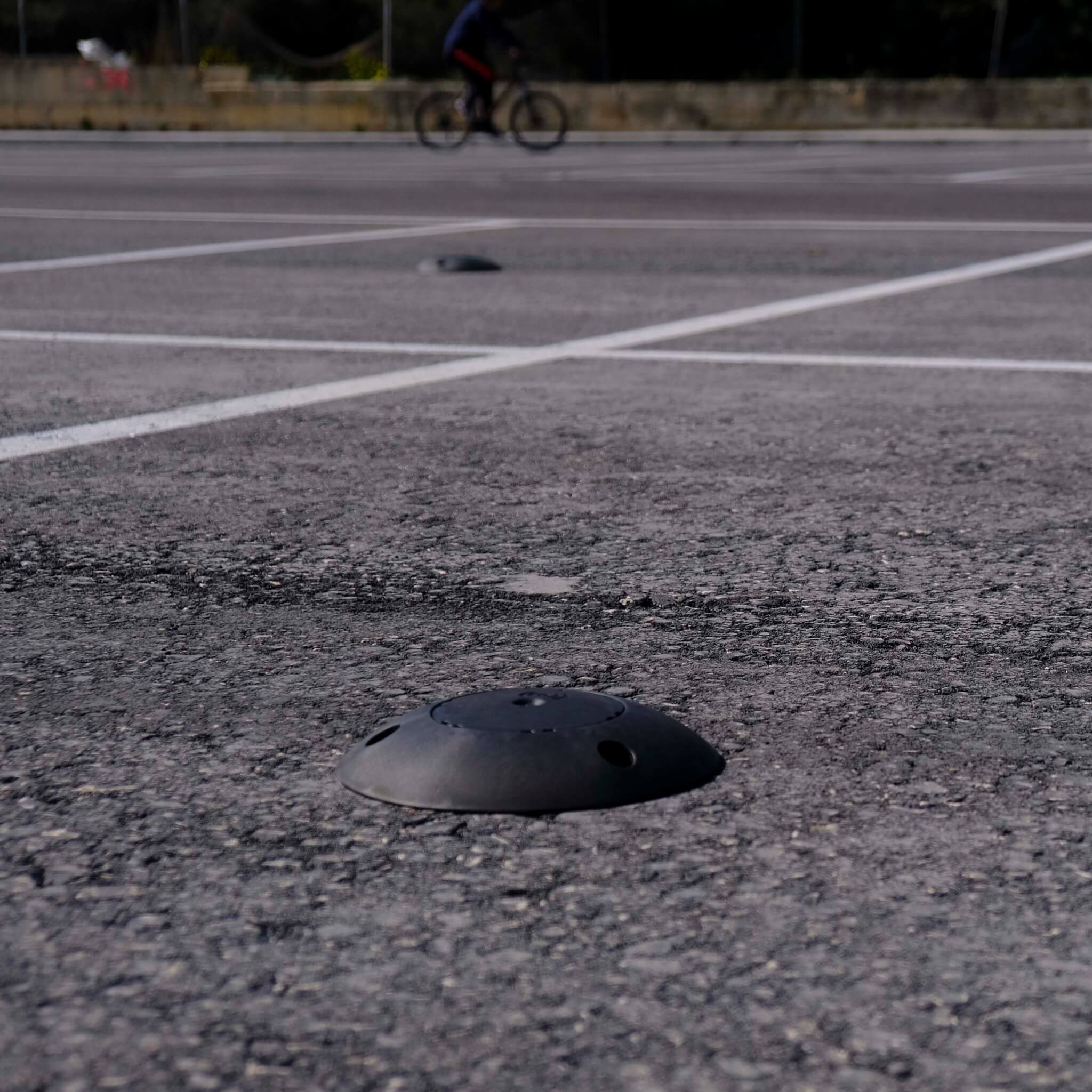This is how you will park your car in the future
IoT Solutions takes smart parking to the next level
Cities around the world grow at a fast pace as a result of general population increase and urbanization. According to The World Bank, the world’s urban population will increase 1.5 times by 2045 reaching 6 billion people. This growth causes great challenges for the cities in areas such as housing, energy consumption, pollution and traffic. A solution in the form of smart parking sensors could be at hand to help with the latter.
More cars, more problems?
If we specifically look at the traffic situation; more people obviously means more cars in the streets but — even more importantly — the number of cars per capita have increased 5 times or more in many countries since the 1960s. While the influx of people makes the headcount of a city grow, the infrastructure in terms of roads and block layout unfortunately is relatively fixed in the core areas. The dimensions, layouts and capacity of the streets were in some cases made 30, 40 or 50 years ago.
With this as a rather gloomy backdrop, we took the opportunity to talk to Ing. Reuben Camilleri who is General Manager at IoT Solutions. The company has developed the solution ‘IoT Park Enhanced’, aiming for a smarter way to find available parking slots and thus reduce unnecessary traffic loads.

Solving today’s parking problems and reducing traffic with smart parking sensors
IoT Solutions is a hardware and software development company based in Malta who specializes in the Internet of Things (IoT), and works with customers in several countries. While Malta may not be one of the larger countries in Europe, it’s a clear example of how the increase in people and traffic affects the society. The number of cars per capita is actually one of the highest in the world. Reuben told us how building increases in recent years have correlated with the increased parking problems.
“In Malta, the situation is even worse because of how small we are and because buildings are becoming higher. This has resulted in an increase in urban traffic, deriving from a lack of parking spaces and the need to circle around until you find a parking space. It is something that is plaguing Malta as urbanization puts more stress on parking, increasingly making it a hassle in everyone’s life.” – Reuben says.
Started tackling parking issues in 2018
Seeing what was happening with increased urbanization and population density, the team saw that with time, there would be an increased demand for parking detection to address the traffic and parking issues, and therefore a market for it. IoT Solutions started producing parking sensors in 2018 and the first product called ‘IoT Park’ was a surface-mounted parking spot sensor.

Are there any significant differences between the ‘IoT Park Enhanced’ and the first products that you launched in 2018?
“Initially, the parking sensor just had a magnetic detection system. When a car parked above the sensor, the magnetic field changed because of the metal. In this way, only a limited level of accuracy could be reached because cars that park near the sensor will also alter its magnetic field, so you will have misreadings. It was still accurate, but not as accurate as we wanted it to be and there was no easy way to configure and communicate with the first sensor.
In later generations we replaced the magnetic detector component with the A111 radar sensor from Acconeer, which increased its accuracy and reliability to meet our requirement levels. We continuously worked on the software and hardware aspects of the device and added the ability to update parameters through a mobile application over the network.”
How to install and maintain thousands of parking sensors in a city
A standard parking lot can commonly host 100s of parking slots. To completely deploy a wide make-over for a large city, taking street parking and parking areas into account, the amount of parking sensors required could go beyond tens of thousands or even more. This presents a new aspect to the city’s infrastructure when it comes to installing the units and maintaining them during operation.

So, each parking slot gets a smart sensor. How do you install and connect it?
“To install the surface-mounted sensor, you simply drill four small 10 mm holes in the tarmac and just bolt the sensor to the ground. For the flush mount sensor, you drill a 50 mm recess that fits the sensor. Connecting the device is very simple. We provide you with our application for you to connect and commission the device so that it can communicate with the network. In terms of network, we provide technology that is compatible with Sigfox, Lora and NB-IoT cloud platforms. The battery in each sensor lasts for 10 years thanks to its power efficiency.”
These sensors have to work night and day, in rain and snow and in any temperature. How have you solved this?
“We carry out accelerated durability testing where we expose the sensor to what corresponds to 5 to 10 years of the worst environmental conditions that may impact typical cities. We also do weight and shock testing, simulating vehicles and trucks going over the sensor, as well as tests simulating temperature cycling with a combination of solar radiation, humidity, moisture testing and pressure differences.”
Let’s say we now have 10,000 sensors across a city. Isn’t there a risk that you need a large team who constantly needs to service these?
“Consistent quality of each sensor is crucial. If in a production of 10,000 devices, you end up needing to change 1000 devices a year due to poor production quality or design, the whole project fails and there is a bad return on investment. Instead, a well-tested device means that in a year, you would have a maximum of perhaps 50 to 100 devices in need of service. These are amounts which you can easily handle with one or two employees, ensuring that issues are dealt with swiftly and efficiently. It is very difficult to have a faultless system, but winnings need to always clearly outmatch the costs.”
The future of parking
With the rising trend of growing cities and a continuous evolution of new technologies and solutions, the area of how to improve the traffic dilemma will surely change over time. Telling what the future holds is of course always difficult, yet we would like to sum up our chat with Reuben with allowing us to speculate a bit.
Will parking spaces and garages be completely different in the future, you think?
“There will be more indoor and hopefully more outdoor parking spaces. What I hope will change is that parking spaces will be optimised as much as possible through smart parking systems. Whether it is a 30 min parking slot or a reserved space, sensors ensure it is used that way, with proper monitoring and without abuse. In addition, sensors can ensure that available spaces are used immediately without needless circulating, which leads to increased traffic and pollution.”
How will parking change with autonomous cars?
“Parking will be different when driverless cars take over without human thinking involved. People will just need to decide where they want to go and will ask their vehicle to find the best possible parking solution. The vehicle will then assess all options available and decide by itself whether it should park on the street for free or against payment and maneuver accordingly. In any case, only an infrastructure which can handle this continued urban intensification will succeed. At the end of the day, the idea is to use parking facilities to the full.”
